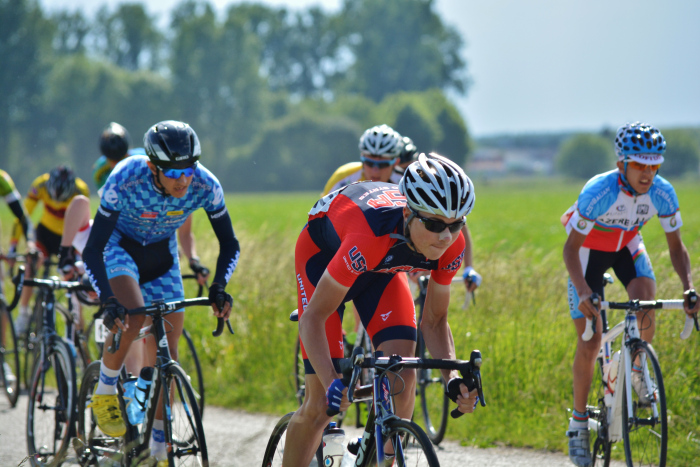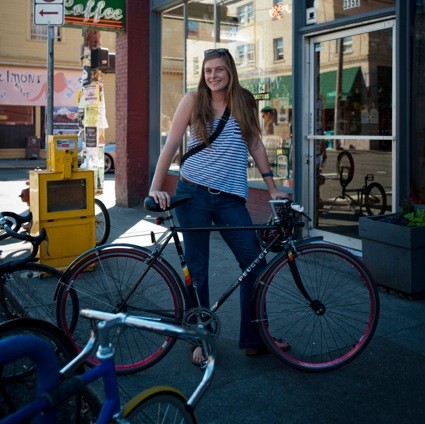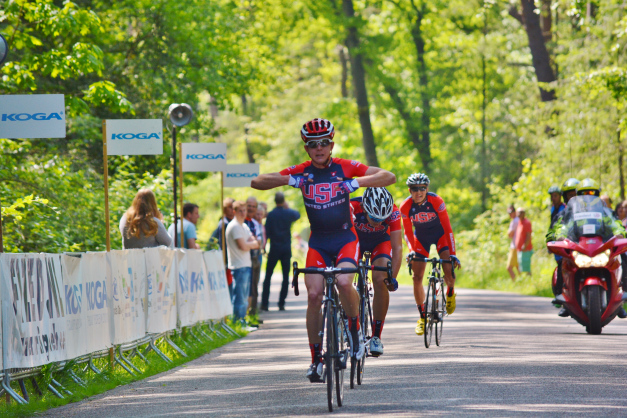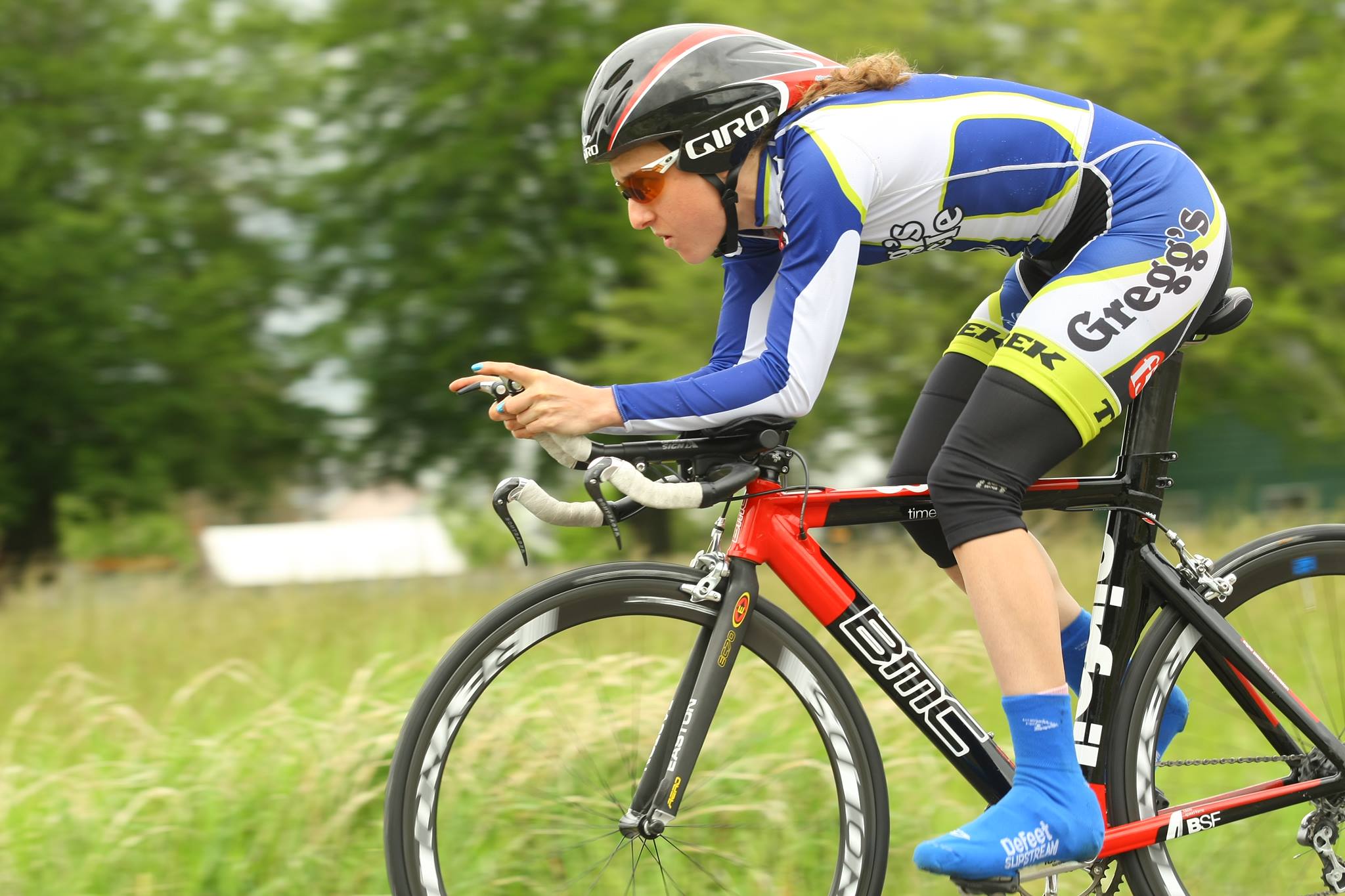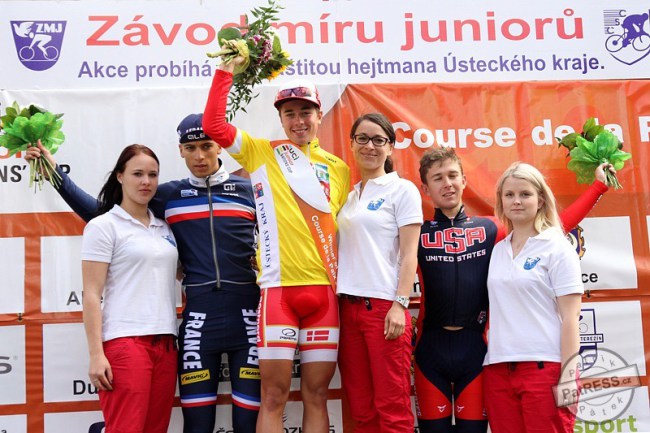Soigneurs may very well have the most thankless job in professional cycling. They take care of the grunt-work details necessary to keep a pro team running smoothly while remaining mostly anonymous. Sara Clawson is a sports massage therapist in Greensboro, North Carolina who’s making inroads to a soigneur career. This spring, she spent two months working as a soigneur with the US elite junior team at USA Cycling’s training center in Sittard, Netherlands. Over the next month, Sara’s writing (originally posted on her blog) will shed some light on the “swanny life†as she recounts her experience traveling around Europe working with the next generation of American professional road cyclists. In the final installment, Sara works the brutal Three Days of Axel race in Zeeland, Netherlands and reflects on the fulfillment she’s finding as a professional soigneur.
Prepping for any race is difficult, but trying to fit a literal truckload of supplies into the hatchback of a Volkswagen Passat was an absurd game of soigneur Tetris. We were headed to Zeeland, the coastal westernmost province of the Netherlands for the Junioren Driedaagse Axel: Three Days of Axel. Axel is the kind of race riders treat with equal parts love and hate. The road conditions are narrow and uncompromisingly rough, the wind is constant and punishing, and the huge field of riders makes the competition fierce and dangerous.
We started five riders who would take on a 100 km road race the first day, a technical time trial the next morning followed by another 100 km road race in the afternoon, and another 100 km road race the following morning with 3 circuits featuring 6 major climbs. Axel is like hitting your toe with a hammer to quell a hurt thumb; it will make any other race seem mild in comparison.
As soon as we arrived at the race lodging in Sas van Gent, I went to work finishing up bottle prep, making race food, and dishing up the enormous pot of pasta salad I had made the night before. Having a captive audience of perpetually starving young elite athletes is a really great way to boost one’s self-esteem as a cook — there isn’t much that they won’t inhale with considerable gusto, especially when it features a high percentage of carbohydrates. The first stage was a late start in the nearby town of Sluiskil. The mechanic and I drove together while the riders made the short 7 km trip to the start by bike. I had been studying the technical guide for days and had a rough idea of where the race route would progress, although it was by far the most incomprehensible race bible I have yet to encounter (in Dutch and Flemish, with some sections helpfully translated into French … which I don’t speak). I had a suitable feed zone picked out that would permit me to feed the riders twice, after the 50 km point and again when they looped back around 68 km — well within the UCI permissible range for feeding. I found my way with the Hot Tubes Development Team race support vehicle in tow. It was wonderful to have a feed zone buddy (and she gave me the best almond cookie I have ever tasted!). We fiddled with the race radio on my car and tuned in, which was really neat to get an idea of where they were on the course in real time and every move afoot in the peloton.

